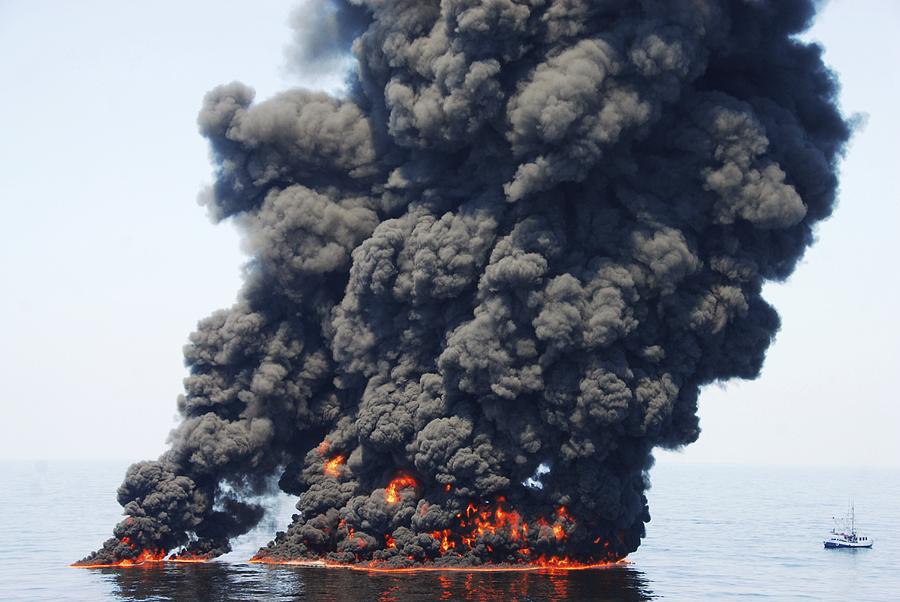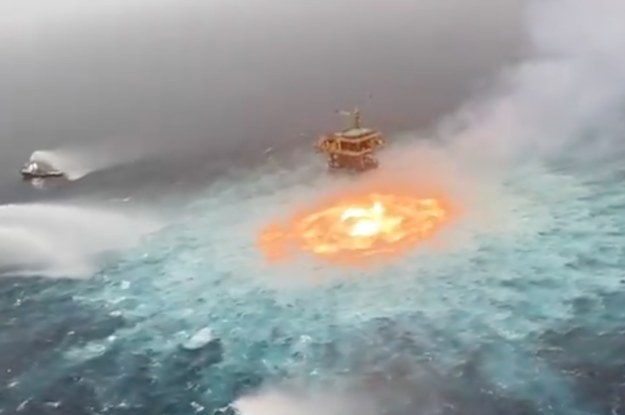

“The Deepwater Horizon oil spill impacted a lot of marine life,” said Abby Stone who heads the Stranded Program at Clearwater Marine Aquarium. Things like gag grouper, red grouper, Spanish mackerel, flounder, a whole gamut of what people come fishing for,” said Kolasa.Īnd while their program is creating an area for fish to thrive, an aquarium is using the money to help animals survive. “What we see in the artificial reef structures is that the fish populate it in just a couple weeks and there’s up to 30-35 different fish species here on the artificial reefs. Twenty miles off the coast of Hernando County, Kolasa and his team are using RESTORE Act grants to fund an artificial reef program to create habitat for marine life. “This project is really exactly what the RESTORE money was intended for,” said Keith Kolasa with the Hernando County Waterways Division. Money from the RESTORE Act is now making its way to coastal communities to help restore the Gulf. “We analyzed over 2000 fishes for their contamination with the most toxic components of oil called PAH's, and every single one that we analyzed had a certain level of PAH's," said Murawski.īut despite all the tragedy, not all hope is lost. He said of all the fish they’ve studied in the gulf they still have yet to find one without traces of oil on it. “Even now we see very low reproduction rates for those animals,” Murawski said. Murawski said that oil on the bottom of the gulf still impacts marine life, especially in fish and dolphins near the spill site. “The oil that’s stranded in the deep bottom of the gulf will not be landfilled by sediment deposition for another 100 years,” said Murawski. Scientists and students have been testing the sediment on the bottom of the Gulf and keeping a library of the tested sediment for future reference. Weather Bird II, which is basically a floating laboratory that USF scientists took out into the Gulf to do their research. “There was a lot of money that was made available to the academic community to study the long-term impacts,” said Murawski.įor 10 years, Murawski has headed the $40 million research program. Most of that money going into something called the RESTORE Act, to help the gulf recover.


BP Oil was forced to pay $18.7 billion in fines.


 0 kommentar(er)
0 kommentar(er)
